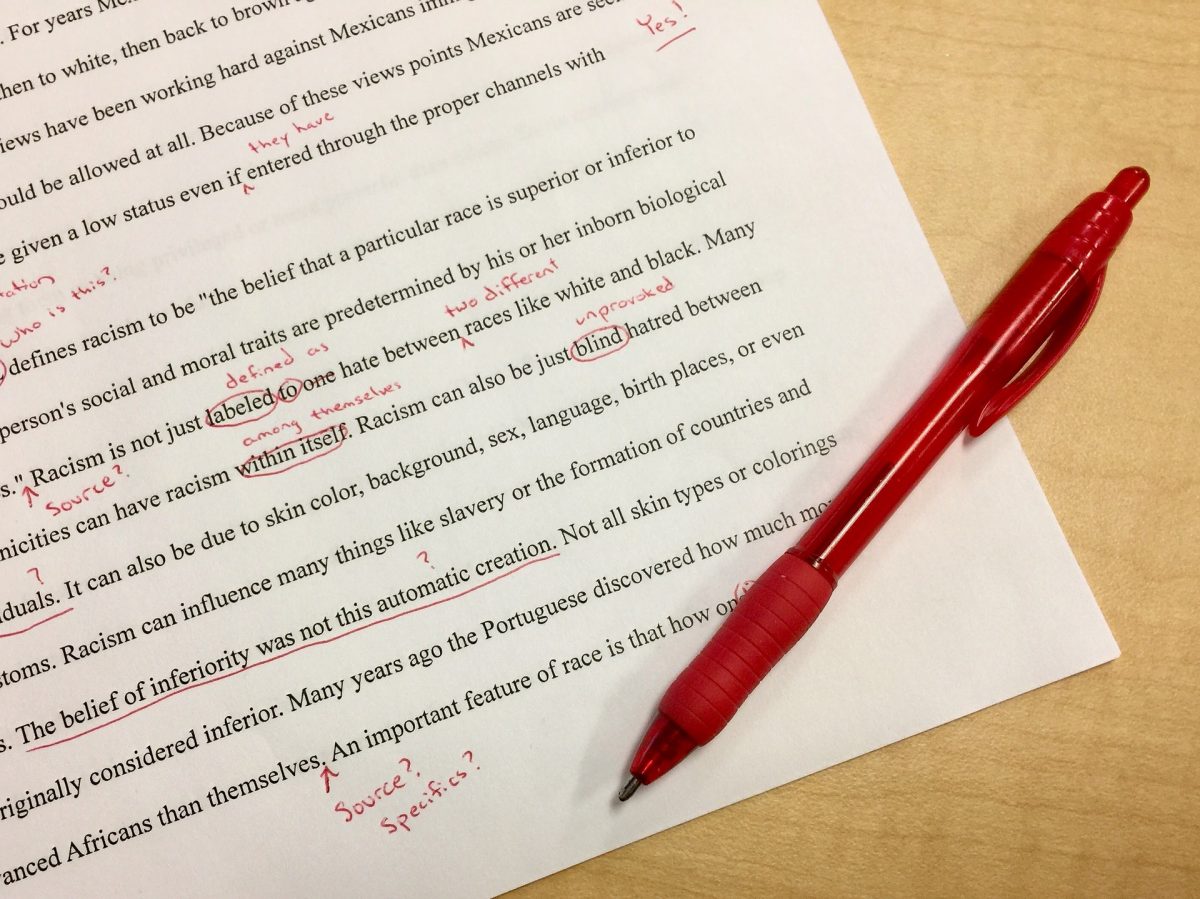If you ask any writer which part of their process they’re least fond of, editing and proofreading invariably feature at the top of the list. Disliked and even despised, proofreading your manuscript is a crucial part of your work. In the heat of the creative process, you try to type as fast as your thoughts flash in your head. You have little regard for grammar, spelling, or even cohesion.
But that’s the first draft. It’s rough around the edges, full of grammatical mistakes, and doesn’t look like something you’d dare present to the public eye. That’s when you have to run it through a grammar check, trim off the redundant words, cut down those run-on sentences, and rewrite that paragraph for clarity.
No matter how busy you are and how tight your deadlines are, editing your work before submitting it is vital for your success as a writer. Here’s the lowdown of how to edit and proofread your writing without putting in the long hours.
Make It a Habit
Most busy writers want to start editing their manuscript as soon as they’re done writing to get it over with. But you need to take a break and put some time between the end of the creative phase and the beginning of the editing process. You want to come back to the manuscript with a rested mind and fresh eyes. You want to read your writing as if this is the first time you’ve seen it. That’s the best way to catch all those hidden mistakes and style flaws that are not easy to detect. If you’re pressed for time, at least sleep on it and come back to it bright and early in the morning.
And once you’ve started your proofreading stage, don’t try to do it all at once. This might work for very short pieces, but a manuscript with multiple chapters needs a fresh and keen eye at different times. Work through a little bit at a time, at night, early in the morning, or during a break. Just sit down and read your manuscript out loud. There’s a big difference between trusting your eyes and listening to the words read out loud. You’ll be able to detect the flaws in pace, the clunky sentences, and the words that have no place in the paragraph.
It also helps to make a list of your most common errors. These could be spelling or syntax errors such as “affect” when you actually mean “effect” or the infamous “they’re” and its confusing homonyms. When editing, go through the list and search for each word in the manuscript to make sure you’re using it correctly. It’s a daunting task, but it ensures that you don’t turn in a piece with some embarrassing, and totally avoidable, mistakes.
Hone Your Process
Although editing and proofreading go hand in hand when it comes to making sure your writing is in the best shape possible, the two processes have huge differences between them. For one thing, you should do your editing on the screen, but proofread the manuscript in a different medium. When you print out the piece and hold it in your hand, you’ll be surprised at how many mistakes you overlooked while checking the same piece on the screen.
When you read your writing out loud, sometimes you can catch errors easily. Other times, you can feel the mistakes but just can’t put your finger on them. The problem is you have spent so many hours on the manuscript, you’ve become familiar with it. Too familiar in fact to see some glaring mistakes staring you in the face. To find those sneaky errors hiding in plain sight, read the sentences in reverse order. Start from the bottom of the page and read your way up. By taking familiarity out of the process, your mind doesn’t know what’s coming next. It will then treat each sentence as a single unit and find what’s wrong with it.
If you have recurring problems that keep popping up in your writing, go through them one problem at a time. If you struggle with keeping the pace and flow of your writing, then go through the whole manuscript removing redundant words and phrases, simplifying complex sentences, and making it easy to read. When you’re done with pacing, move on to the next recurring problem until you’re done with them all.
After resolving all the nitty-gritty details, and when you’re confident that to the best of your knowledge there are no hidden issues with your manuscript, take a step back and look at the big picture. Make sure that your manuscript has an intact spine. If this is a work of fiction, check that the plot has no holes, the characters are well developed, and that your plot twists are serving their purpose. If it’s a non-fiction book, then double-check your arguments and make sure that you stay on topic throughout the manuscript. Each chapter should add to the point you’re trying to prove and there are no redundancies or fillers.
Editing and proofreading are both sides of the same coin. But while editing is best done on the screen where it’s easy to rewrite whole paragraphs and fix the issues you find quickly, proofreading is more effective when you do it on paper. Try to engage your ears and mouth and not just your eyes when looking for syntax errors, pace issues, and hidden mistakes. Only then can you turn in your piece of writing with pride and confidence.

